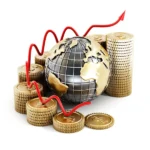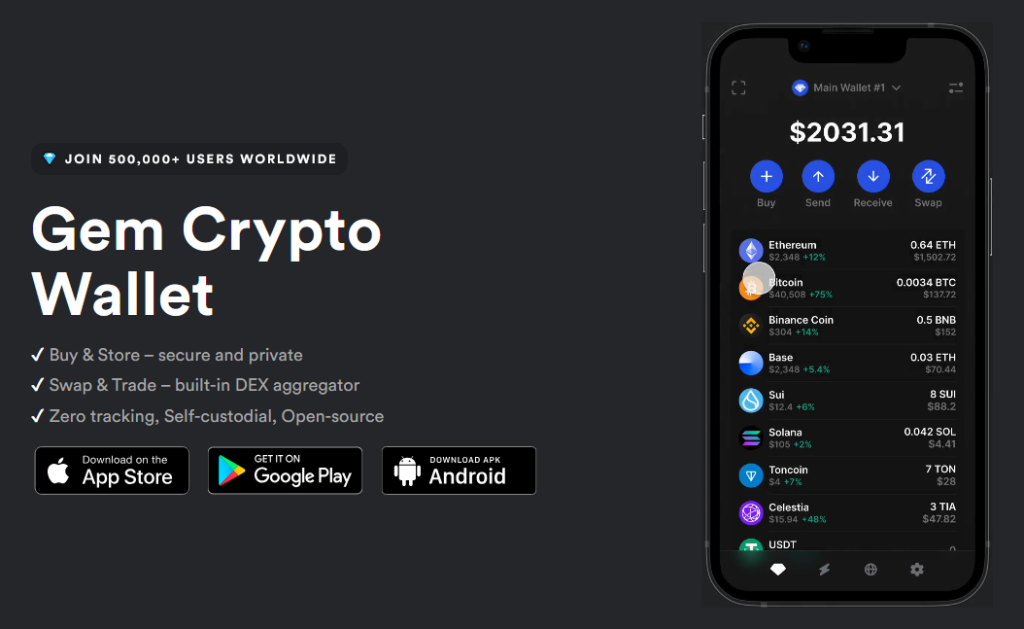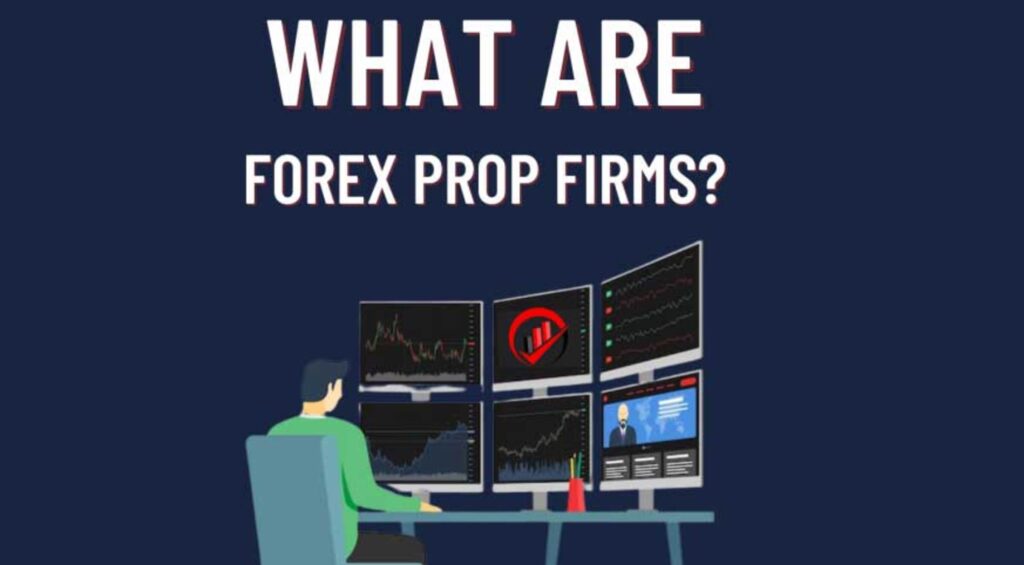Exploring the Basics of Forex Options

The foreign exchange market, or Forex, is a global marketplace that operates 24/7, trading currencies from all corners of the globe. Within this expansive financial ecosystem, Forex options emerge as a versatile instrument for traders. Forex options are contracts granting the buyer the right, but not the obligation, to exchange a currency at a predetermined rate on or before a specified date. This financial tool is hailed for its flexibility, allowing investors to hedge against currency risk or speculate on currency movements without the full exposure of spot trades.
Forex options come in two main types: call options and put options. A call option gives the purchaser the right to buy a currency pair at a specified price, while a put option allows for the sale of a currency pair at a predetermined price. This dual nature provides traders with the ability to position themselves according to their market outlook and risk tolerance. The premium, or price of the option, fluctuates based on several factors, including the underlying currency pair’s volatility, the time until expiration, and the difference between the strike price and the current market price.
Liquidity is a critical aspect when trading Forex options. Major currency pairs, such as EUR/USD or USD/JPY, typically offer higher liquidity, meaning traders can enter and exit positions more easily without significantly affecting the price. This liquidity varies throughout the trading day and can be influenced by economic reports, market sentiment, and geopolitical events.
Risk management is paramount in options trading. Traders must be vigilant of the Greeks—quantitative measures that indicate how sensitive the option’s price is to various factors. Delta, for instance, measures an option’s sensitivity to changes in the price of the underlying asset. Gamma, theta, and vega are other critical Greeks that options traders monitor to manage their positions effectively.
The leverage available in Forex options can be a double-eded sword. It allows traders to control large positions with a relatively small amount of capital, amplifying both potential gains and losses. Hence, understanding and applying appropriate leverage levels is crucial to navigating the Forex options market successfully.
Investors interested in Forex options should equip themselves with a robust understanding of market analysis, including both technical and fundamental analysis, to make informed decisions. Continuous education, combined with prudent risk management strategies, lays the foundation for navigating the complexities of Forex options trading.
Understanding Forex Futures: A Deep Dive

Forex futures are standardized contracts to buy or sell a currency at a specific price on a future date. Unlike the spot Forex market, where trades are executed immediately, Forex futures are about predicting the future price movement of currency pairs. This characteristic makes them an essential tool for hedging against currency risk and for speculative purposes.
The Chicago Mercantile Exchange (CME) is among the largest markets for trading Forex futures, offering contracts on a wide range of currency pairs. These contracts are legally binding and are settled in cash in the specified currency, providing a structured environment for currency traders. The standardized nature of futures contracts includes specific details such as the size of the contract, expiration date, and settlement procedures, ensuring transparency and liquidity in the market.
Margin requirements are a critical aspect of Forex futures trading. Traders must deposit a “margin” – a fraction of the total contract value – to hold a position. This margin acts as a guarantee of the trader’s ability to fulfill the contract. Margin levels are set by the exchanges and can change depending on market volatility.
The concept of leverage is also prevalent in Forex futures trading. Futures allow traders to control a large amount of currency with a relatively small amount of capital. While this can amplify profits, it also increases the potential for substantial losses, making risk management strategies indispensable.
Interest rates play a pivotal role in the pricing of Forex futures. Since these contracts involve predicting the future value of currencies, the differential in interest rates between the two currencies in a pair can significantly impact their future price. Traders need to monitor central bank policies and economic indicators that could affect interest rates.
Forex futures traders rely on both technical analysis, which involves analyzing price charts and trading volumes, and fundamental analysis, which involves assessing economic indicators, news, and reports. Mastery of these analytical methods, combined with an understanding of market sentiment, can provide traders with an edge in predicting future price movements.
Key Differences Between Forex Options and Futures

| Feature | Forex Options | Forex Futures |
|---|---|---|
| Obligation to Transact | No obligation to transact | Obligation to transact |
| Risk and Reward | Potential loss limited to the premium paid | Unlimited risk and reward |
| Leverage | Control large positions with a relatively small capital | Control large positions with a relatively small capital |
| Expiration | Can be exercised before or at expiration | Settled at specified future date |
| Underlying Asset | Right to buy or sell the currency pair | Contract to buy or sell the currency pair |
| Pricing Complexity | Affected by the underlying currency pair’s volatility, time until expiration, and the strike price | Influenced by interest rates, inflation, and economic indicators |
Strategies for Trading Forex Options

Trading Forex options requires a blend of strategy, market analysis, and an understanding of the various elements that influence option pricing. One popular strategy is the “straddle,” which involves buying both a call and a put option on the same currency pair, with the same strike price and expiration date. This strategy is best employed when significant price movement is expected but the direction is unclear.
Another strategy is the “covered call,” where a trader holds a long position in a currency pair and sells a call option on the same pair. This strategy aims to generate income from the option premium, which can provide a cushion against potential losses in the currency position. However, it also caps the upside potential if the currency pair rises above the strike price of the sold option.
The “protective put” strategy involves buying a put option to hedge against potential downturns in an existing long position in a currency pair. This strategy is akin to an insurance policy, limiting potential losses while allowing for unlimited gains if the currency pair increases in value.
Understanding option Greeks is crucial for these strategies. For instance, monitoring delta can help traders manage their exposure to currency movements, while theta provides insights into the time decay of options, which can erode profits if not carefully managed.
Risk management is an integral part of trading Forex options. Setting stop-loss orders, determining position sizes based on risk tolerance, and continuously monitoring market conditions can help mitigate losses. Diversification across currency pairs and using a mix of strategies can also spread risk.
Continuous learning and adaptation are key to success in Forex options trading. Market conditions evolve, and strategies that worked in the past may not be effective in the future. Staying informed about economic developments and adjusting strategies accordingly is critical for long-term profitability.
Mastering Forex Futures: Techniques and Tips

Successful Forex futures trading hinges on a comprehensive understanding of the market and a disciplined approach to risk management. One fundamental technique is to leverage economic reports and indicators that can influence currency values. Traders should pay close attention to interest rate decisions, inflation reports, and employment data, among others, to forecast future currency movements.
Position sizing is another critical aspect of Forex futures trading. It involves determining how much of one’s trading capital to risk on a single trade, taking into account the potential for loss. Proper position sizing can prevent significant drawdowns in a trader’s account and ensure longevity in the futures market.
Utilizing stop-loss orders can protect traders from large losses. These orders automatically close a position at a predetermined price level, limiting potential losses if the market moves against the trader’s position. Moving stop-loss orders to a break-even point as soon as practical can further protect trading capital.
Technical analysis, including chart patterns and technical indicators, is invaluable for Forex futures traders. Techniques such as trend analysis, support and resistance levels, and momentum indicators can provide insights into future price movements, helping traders make informed decisions.
Sentiment analysis, assessing the mood of the market based on news, reports, and other traders’ positions, can also guide trading decisions. Understanding whether the market sentiment is bullish or bearish can help traders align their strategies with the prevailing trends.
Continuous education and adaptation are vital in the ever-evolving Forex futures market. Traders should remain open to new information, be willing to adjust their strategies, and always keep an eye on the global economic landscape. Discipline, patience, and a commitment to learning are key components of mastering Forex futures trading.
Navigating Risks in Forex Options and Futures Trading

Forex options and futures trading, while offering substantial opportunities for profit, come with inherent risks that traders must navigate carefully. Market volatility, a double-edged sword, can lead to significant profits as well as losses. Traders must stay informed about global economic events and market conditions that can cause rapid currency price movements.
Leverage, although it can magnify gains, also increases the potential for losses. Managing leverage wisely involves understanding the exact implications of the margin requirements and the potential for margin calls, which can force the liquidation of positions at unfavorable prices.
Liquidity risk is another factor to consider. While major currency pairs typically offer high liquidity, less commonly traded pairs may have lower liquidity, leading to slippage, where orders are filled at a worse price than expected. Traders should be aware of the liquidity of the currency pairs they are dealing with, especially in volatile market conditions.
Interest rate risk affects both Forex options and futures. Changes in interest rates influence currency values and, consequently, the pricing of Forex derivatives. Traders need to monitor central bank announcements and interest rate trends in the currencies they trade.
Operational risks, including platform failures, connectivity issues, or execution delays, can also impact Forex trading. Ensuring redundancy in trading platforms and having a clear plan for technical failures is critical for minimizing these risks.
Ultimately, the key to managing risks in Forex options and futures trading lies in education, careful planning, and disciplined execution. Employing sound risk management strategies, such as diversification, using stop-loss orders, and only trading with capital that one can afford to lose, can protect traders from catastrophic losses and help ensure long-term success in the Forex market.







Liquidity varies in Forex options. Major pairs like EUR/USD have higher liquidity.
Forex options are a flexible tool for traders. They can hedge risk or speculate on currency.
Call options let you buy a currency pair, while put options let you sell. This is very versatile.
A straddle strategy in Forex options involves buying both a call and a put option. It’s useful when price movement is expected.
Interest rates affect Forex futures pricing. Traders should watch central bank policies.
In Forex futures, you trade standardized contracts. They help in hedging and speculation.
Risk management is important. The Greeks help manage sensitivity of options prices.
Leverage in Forex options can magnify gains and losses. It’s a double-edged sword.